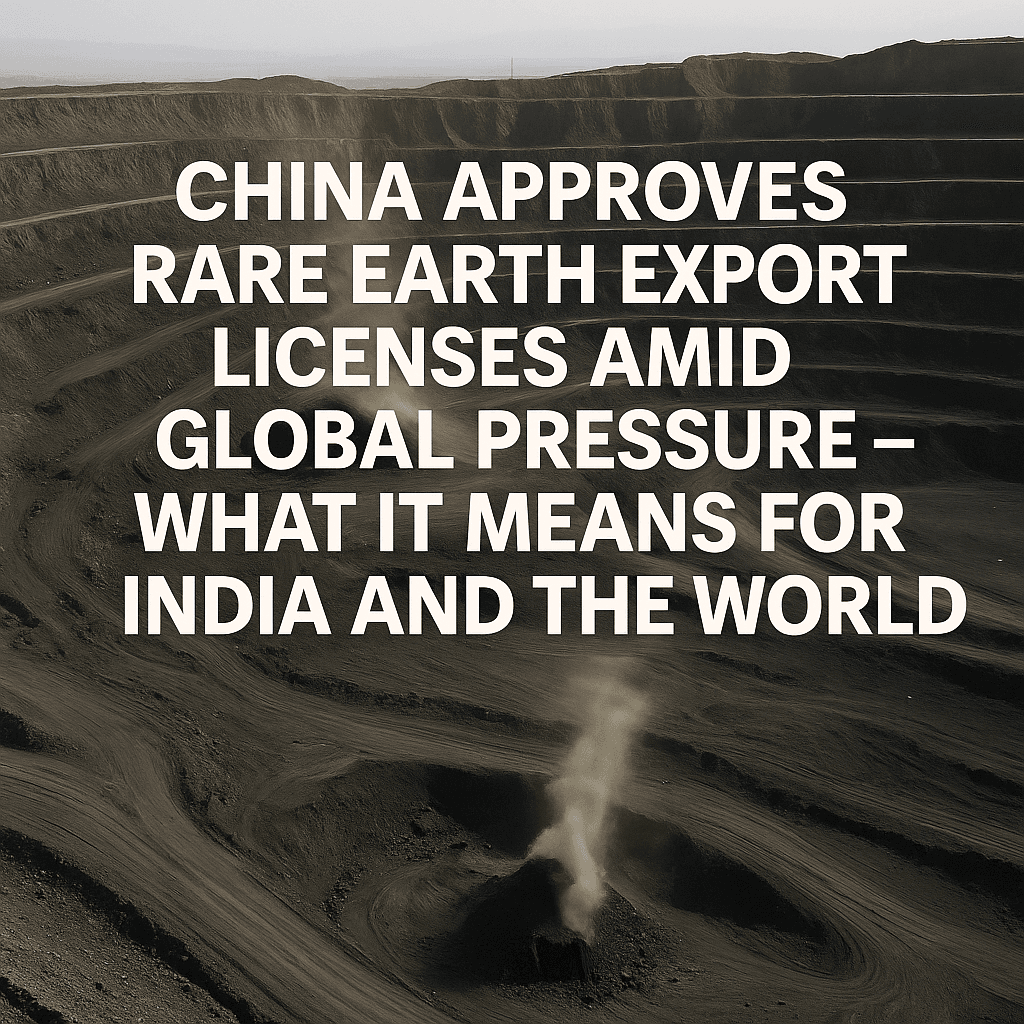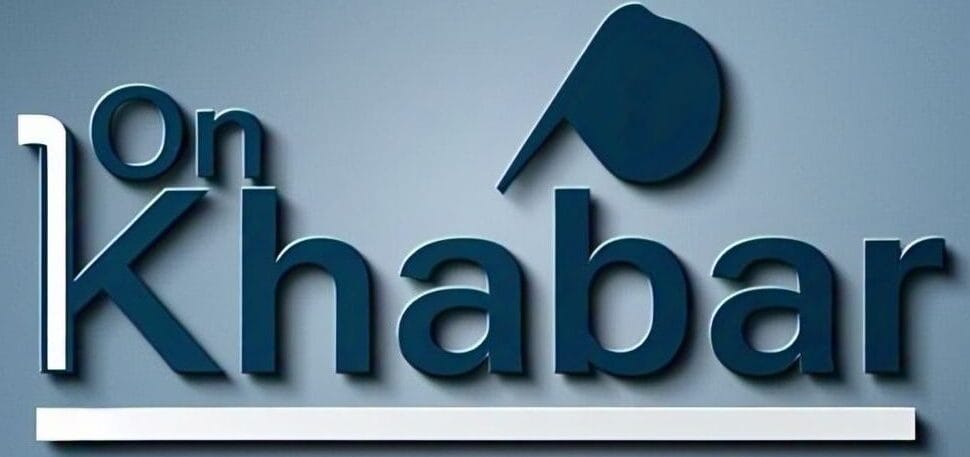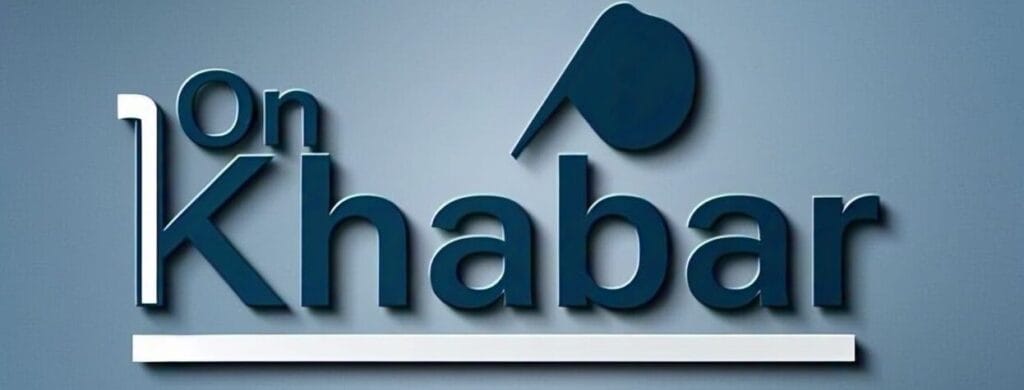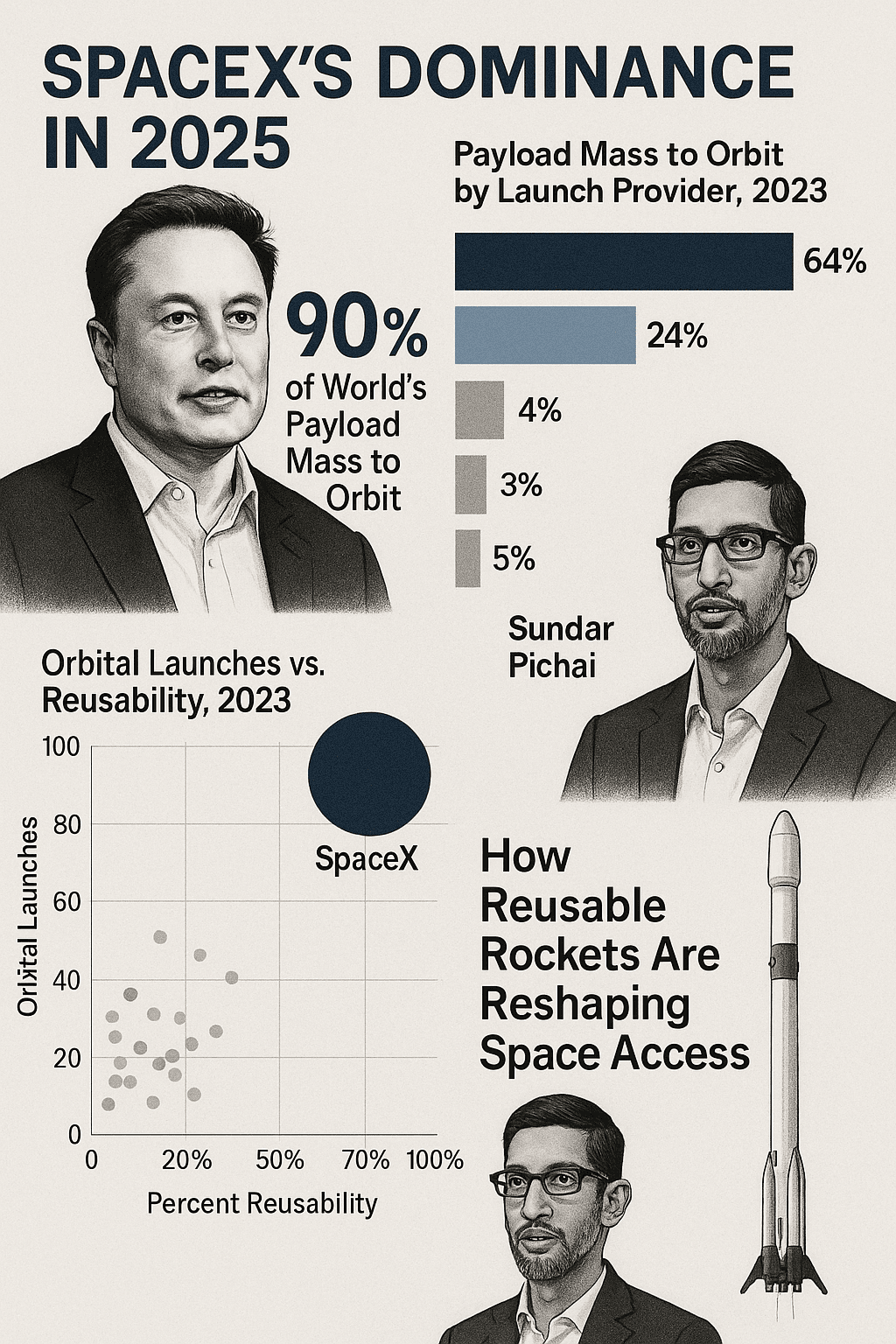
In a critical move that could ease supply chain tensions across the globe, China has approved select export license applications for rare earth elements — the linchpin of modern technology. These minerals power everything from smartphones and electric vehicles (EVs) to fighter jets and renewable energy systems. The decision follows months of pressure from nations like the United States, European Union, and India, all of which raised concerns about supply disruptions due to China’s export restrictions.

As the world’s dominant rare earth processor, controlling more than 90% of the global market, China’s policy shifts carry weight far beyond its borders. But while approvals have begun, it remains unclear whether India — a significant manufacturing and strategic partner — is on the beneficiary list.
This blog unpacks the global implications of China’s move, India’s response, and the road ahead in the geopolitics of rare earths.
China’s Rare Earth Monopoly: A Double-Edged Sword
Rare earth elements (REEs), particularly medium and heavy varieties like neodymium and dysprosium, are not rare in quantity but are difficult and environmentally hazardous to mine and process. China has long dominated this space due to its established infrastructure, lower environmental regulations, and government support.
According to China’s Ministry of Commerce, the recent export license approvals were granted due to “soaring global demand” across industries like robotics, semiconductors, and new energy vehicles. The ministry emphasized that the dual-use nature of rare earths — both civilian and military — justified the country’s cautious and controlled export strategy. It added that these measures align with global norms and are designed to protect national security and fulfill non-proliferation obligations.
However, many see the move as a strategic response to mounting international pressure.
Global Pushback and Diplomatic Heat
In recent months, rare earth shortages have crippled production lines. Notably, Japan’s Suzuki Motor Corporation halted production of its Swift model due to a shortage of specific rare earth magnets, according to Tokyo-based reports. This served as a wake-up call across the automotive and electronics industries worldwide.
The pressure reached a boiling point when U.S. President Donald Trump and Chinese President Xi Jinping reportedly discussed the issue during a recent phone call. “There should no longer be any questions respecting the complexity of Rare Earth products,” Trump posted on his social media platform, Truth Social.
Similarly, the European Union and India have lodged diplomatic concerns. While China’s approval of export licenses has sparked cautious optimism, it’s unclear if Indian manufacturers will be among those receiving relief.
India’s Growing Dependence — And Awakening
India has increasingly relied on imports from China for rare earth magnets, which are essential in EV motors, wind turbines, and even internal combustion engine components. The recent crunch has deeply affected Indian manufacturers and raised alarms within the government.
In response, India has intensified its efforts to reduce dependency on Chinese rare earths:
1. National Critical Mineral Mission
Launched in April 2025, this initiative is focused on self-reliance in sourcing and processing strategic minerals such as neodymium, lithium, cobalt, and germanium. The mission prioritizes exploration, sustainable mining, and R&D in mineral processing technologies.
2. Fiscal Incentives for Domestic Manufacturing
To strengthen local supply chains, the Indian government plans to roll out financial incentives to encourage domestic production of rare earth magnets. This includes subsidies for setting up processing plants and tax benefits for research-led innovation in rare earth applications.
3. International Collaborations
India is exploring partnerships with countries like Australia, the U.S., and Canada — all rich in rare earth resources — to diversify its supply base. Joint ventures for mining and technology sharing are in the pipeline.
What It Means for Global Industries
China’s selective approvals might temporarily ease the pressure, but the long-term risks remain. Any future policy shifts, geopolitical disputes, or trade conflicts can again throttle global access to these critical minerals.
Industries most at risk include:
Electric Vehicles (EVs): Motors rely heavily on neodymium-iron-boron magnets.
Semiconductors: Rare earths like germanium are essential in chipmaking.
Renewable Energy: Wind turbines and solar panels need high-performance magnets and coatings.
Defense & Aerospace: Radar systems, missile guidance, and jet engines depend on rare earth alloys.
The Road Ahead: Strategic Diversification is Key
While China’s gesture might seem conciliatory, the global community recognizes the need to diversify rare earth supply chains. Countries are now accelerating investments in domestic production, recycling technologies, and alternative materials to mitigate future risks.
India, in particular, stands at a strategic inflection point. With its rising industrial demand, skilled talent pool, and government backing, India could emerge as a global hub for rare earth innovation and manufacturing — provided it overcomes hurdles like environmental clearances, processing technology, and global competition.
Conclusion
China’s rare earth export license approvals are a small but significant shift in a high-stakes geopolitical puzzle. As the world transitions toward cleaner energy, smarter electronics, and digital warfare capabilities, rare earth elements will only grow in strategic value.
India’s proactive steps, driven by the National Critical Mineral Mission and fiscal incentives, are promising. But success will depend on speed, scale, and international cooperation. For now, manufacturers and governments alike remain cautiously optimistic — watching Beijing’s next move, while accelerating their own.









